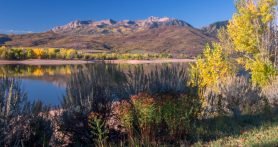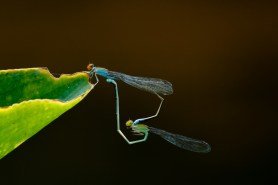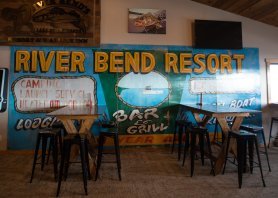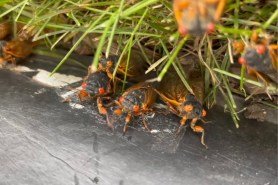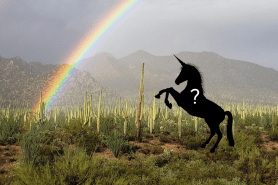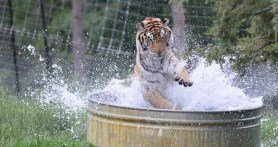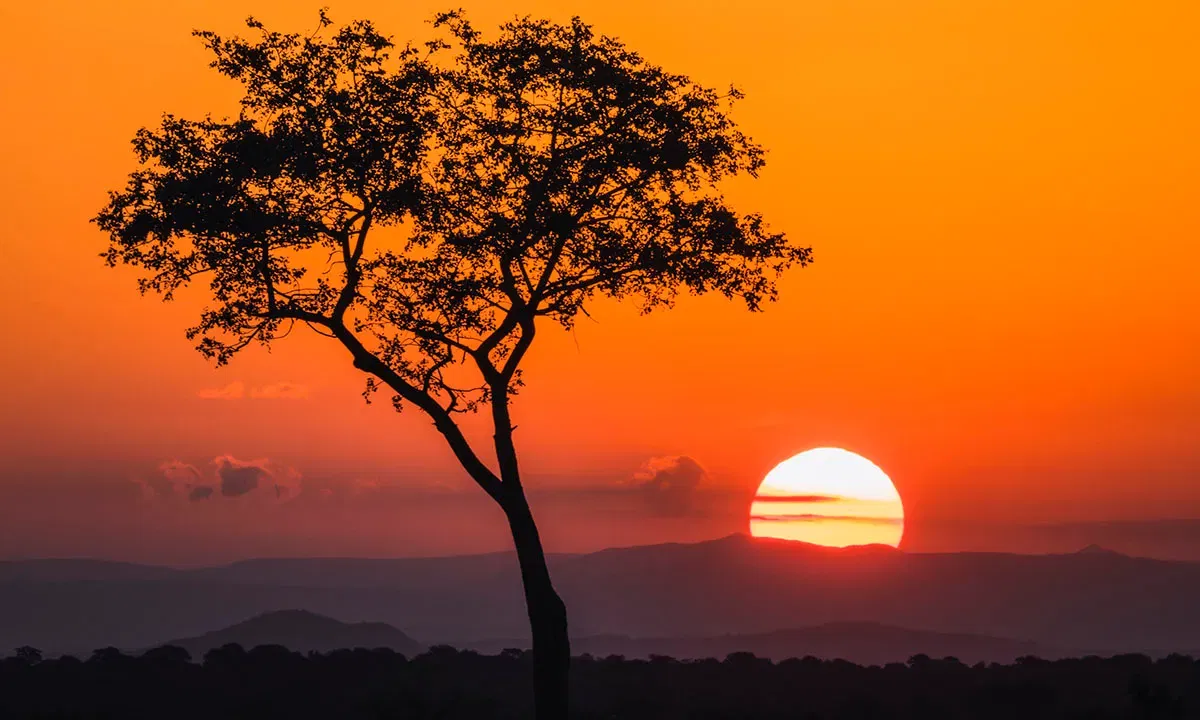

In the untamed heart of South Africa, Kruger National Park, the big five (lions, leopards, elephants, buffalos, and rhinoceroses) roam freely across landscapes that stretch as far as the eye can see. One of South Africa’s crown jewels, this incredible nature park is renowned for its majestic beasts and breathtaking scenery.
Covering more than 7,000 square miles, nearly the size of the entire state of Massachusetts, Kruger is renowned for its incredible biodiversity, with over 148 species of mammals, 500 bird species, and 114 species of reptiles. In addition to cheetahs, hippos, crocodiles, and loads of antelope, Kruger is also home to unusual creatures, such as African wild dogs, elephant shrews, and southern ground hornbills.
From its journey to becoming a national park to hidden histories of the world’s oldest culture, Kruger is a fascinating place. Here are five facts you may not have known about Kruger National Park.
5. It’s a Game Reserve, Not a Wild Savannah

Before Kruger National Park existed, the land was the Rozvi Kingdom in the 15th century, which split and led to the establishment of Thulamela, a sophisticated settlement engaged in trade.
However, as European settlers arrived, they viewed wildlife as an abundant resource and rapidly exterminated key species. The late 19th century saw the establishment of the first game sanctuaries, including the Sabi Game Reserve in 1898.
In 1926, Kruger National Park was officially established, marking a shift toward a holistic conservation ethic. The park’s history also includes debates over predator control, changing public opinions, and ultimately the cessation of predator culling in 1960, recognizing the need for a balanced ecosystem.
4. You Can Find ‘Natural’ Mosquito Repellent

Turns out the elephant dung in Kruger has an unusual but practical use. In many parts of the world, people use harmful chemical sprays to repel mosquitos. Here, though, people use elephant dung as a natural, non-toxic alternative. Light some dung on fire, and the smoke will keep mosquitoes away. We haven’t tried this ourselves, but it’s worth a try when you go.
3. There is 3,000-Year-Old Art From the Oldest Culture in the World

Kruger is steeped in history and rich in archaeology. Prehistoric petroglyphs were created by indigenous people long before the park’s establishment. According to Kruger National Park, most of Kruger’s rock art is thought to have been made by San hunter-gatherers of the Late Stone Age. The park contains numerous archaeological sites, including rock paintings and evidence of early human habitation dating back thousands of years. This history offers a glimpse into the region’s ancient cultures.
San or Saan are an indigenous hunter-gatherer culture of southern Africa and the oldest surviving cultures of the region. The San people do not call themselves by that name but rather refer to themselves through their nations and different groups. Most archaeologists believe that the San hunter-gatherer culture dates back 20,000 years and is the oldest culture on Earth. The San ancestral territories span Botswana, Namibia, Angola, Zambia, Zimbabwe, Lesotho, and South Africa.
2. You Can Drive Yourself on Safari

Unlike many other African game reserves, Kruger National Park allows visitors to explore its vast wilderness on self-drive safaris. You can rent a vehicle and navigate the park’s network of well-maintained roads, offering a sense of independence and adventure not found in many other parks. Save some hard-earned cash and drive yourself to find those lions and leopards.
1. Fake Waterholes Accidentally Doubled the Lion Population

The park’s management created and maintains a network of artificial waterholes, known as “windmills,” to help sustain wildlife during dry periods. These waterholes are strategically located, providing unique opportunities for wildlife viewing as animals gather around them. Turns out that building man-made water holes has more impact than they initially expected.
In the mid-1900s, the park established 299 artificial water points to help maintain life in dry years and droughts. By 1975, a carnivore program studying wildlife found that the extra water supply in the central region of the Kruger National Park had doubled the lion population, so they adjusted their waterholes to benefit herbivores too.


